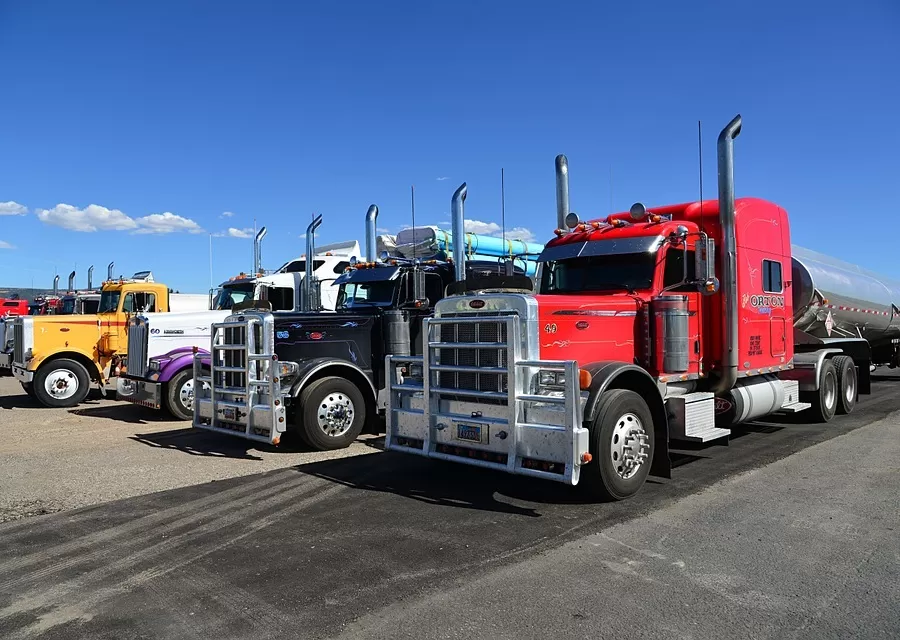Before talking about the rules for transporting oversized goods, you should understand what specific products fall under this definition. So, oversized cargo is, in fact, any object that does not meet the standards specified in the norms and requirements. It can significantly exceed the dimensions regulated for conventional transportation, differ in its greater mass or bulky shape. Such cargo cannot be transported normally by conventional transport, it requires special equipment and appropriate rules for its transportation. That is why not all companies can carry out the transportation of heavy goods by road and its preparation.
What is oversized cargo?
Today, the definition of "oversized cargo" includes such goods as special industrial equipment, special equipment, agricultural machinery and other vehicles. This concept also includes structures that differ in non-standard parameters: high height or heavy structures.
The responsibilities of a company that is engaged in sending non-standard cargo, among other things, include the search for a suitable transport that meets all requirements. So, for example, with a high load height, transport with a low platform is selected. And if the mass exceeds the allowable norms of transportation in the usual way, then transport with an increased carrying capacity and an increased number of axles is selected.

